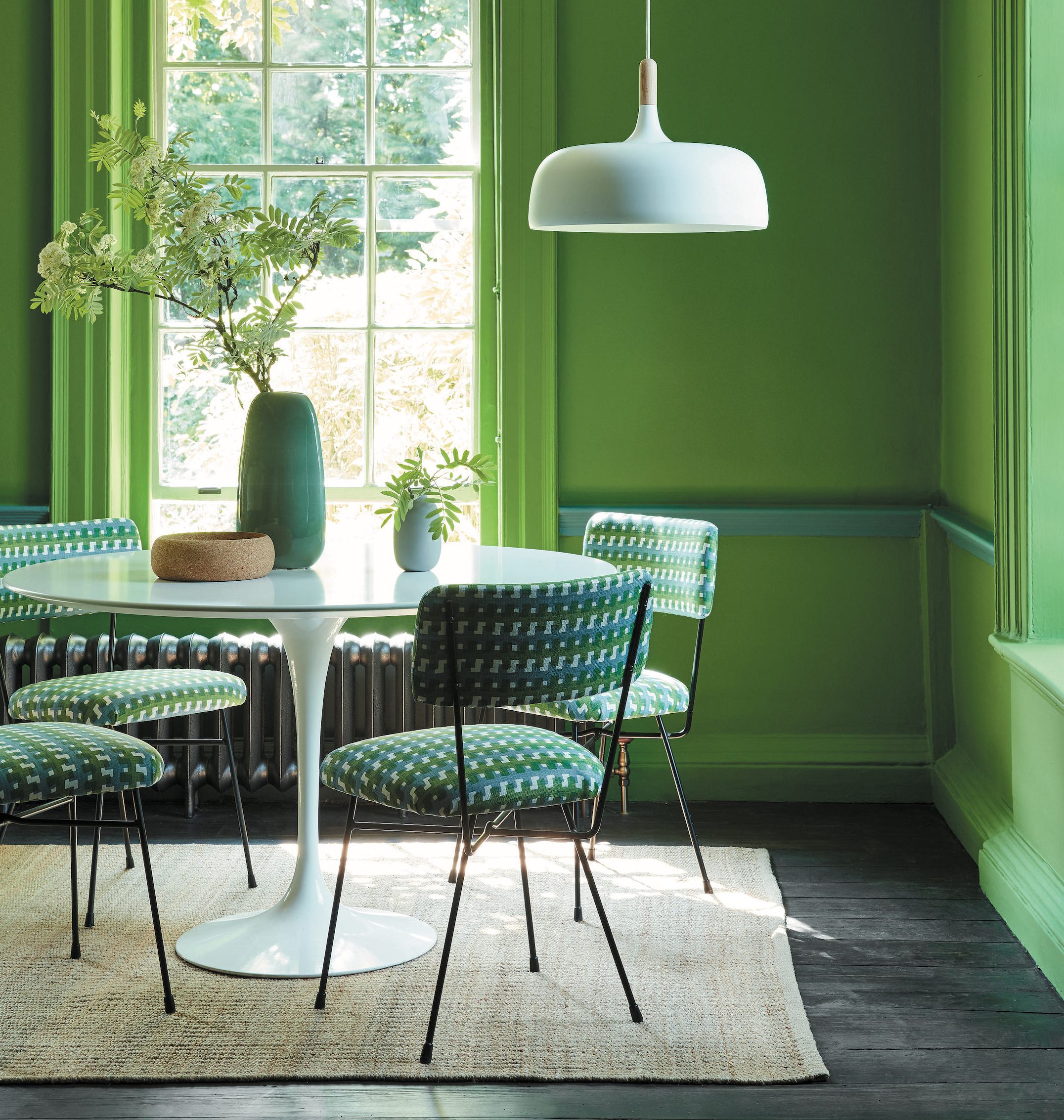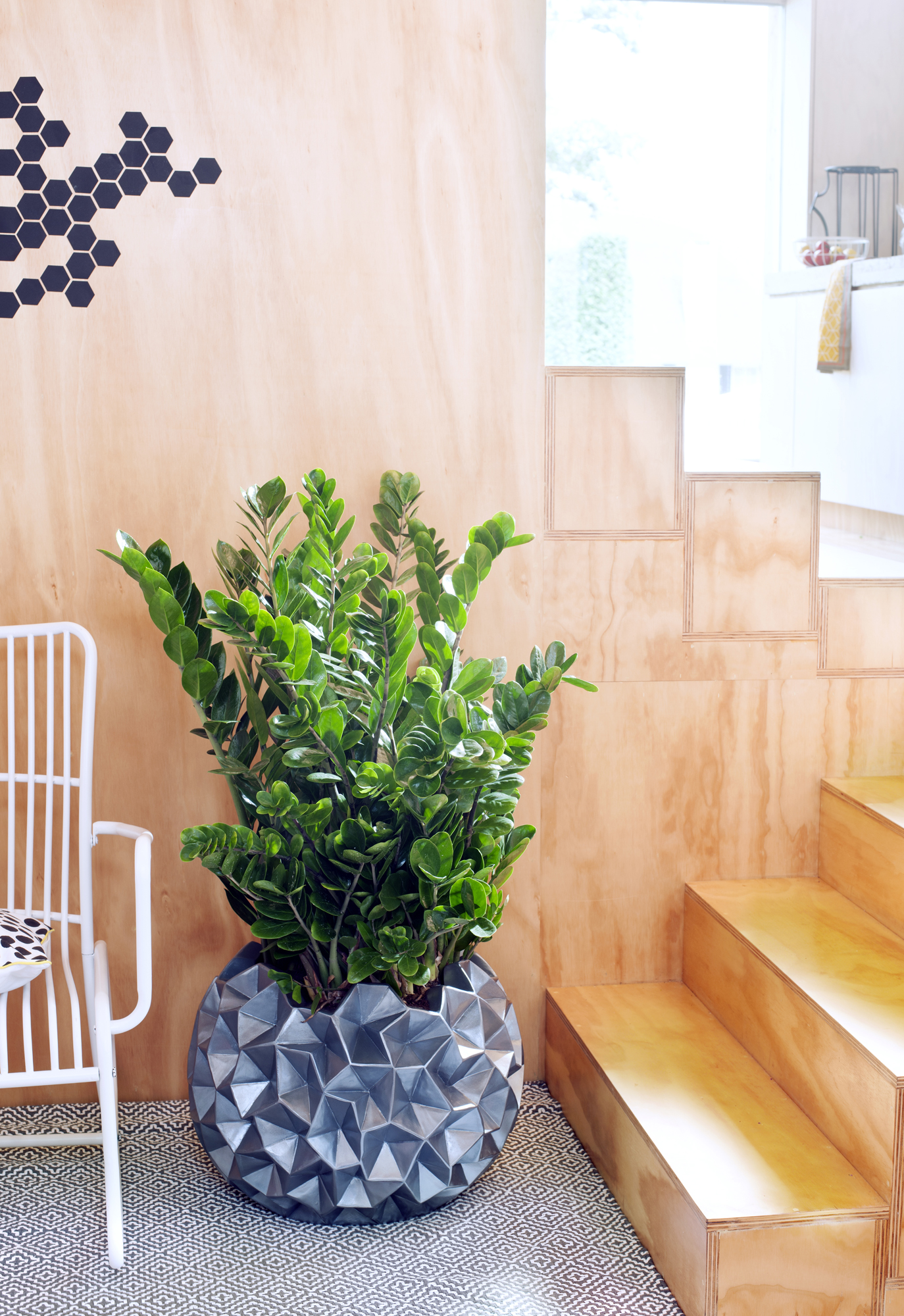Biophilic Design: 11 Practical Ideas to Connect Your Home with Nature
Beyond the buzzword, biophilic design may just be the key to a healthier, happier home. Here's what it means and how to use it when designing your house

Biophilic design has become a bit of a buzzword for architects in recent times, but while the principles of biophilic design can offer brilliant benefits to your home environment, these concepts can feel out of reach for the everyday self builder or renovator.
Yet, to some degree, biophilic design is evident in plenty of homes already — perhaps without the owners or designers even realising.
Starting with answering the question of just what exactly is biophilic design, this inspirational guide will look at some real world ideas for how these principles can be used to enhance a property and improve its effect on both physical and mental health.
What is Biophilic Design?
The origins of biophilic design can be traced back to American biologist and theorist Edward O Wilson, who popularised the term ‘biophilia’ (literally a love of nature) in his 1984 book of the same name. In the book, Wilson argued that humans benefit from being in close contact with nature, and suffer when excluded from it.
He realised that as humans rushed to live in urban spaces towards the end of the 20th century, they were becoming increasingly divorced from the natural world, which was having a detrimental impact on their health.
In architectural terms, it’s generally considered to be the idea of fusing design with natural elements to bestow wellbeing benefits.
Roger Ulrich’s 1984 study is considered a major milestone in biophilic design as it provided objective proof that the environment can affect health. Ulrich found that patients recuperating from gall-bladder surgery in a room with outside views had shorter post-operative stays and took less pain relief medication than patients recovering from the same surgery in rooms with views of a brick wall.
Bring your dream home to life with expert advice, how to guides and design inspiration. Sign up for our newsletter and get two free tickets to a Homebuilding & Renovating Show near you.
“What’s different about biophilic design to a traditional design process is that it largely takes an evidence-based approach,” says Oliver Heath, an expert in the field of sustainable architectural and interior design. “We discuss architecture as a cross between a science and an art, but the science aspect is not something that many of us necessarily undertake. Biophilic design brings the science back into design because it’s about using evidence and research to inform how we can best create spaces.”

Pinning down an exact definition of biophilic design had been difficult until recently. Terrapin Bright Green’s 14 Patterns of Biophilic Design, released in 2014, has been instrumental in providing a framework for designers to work to. “It provides a comprehensive list of principles that many designers refer to, including us,” explains Koru Architects’ Tegan Tallullah.
Those 14 patterns are divided into three sections: ‘nature in the space’, ‘natural analogues’ and ‘nature of the space’. Oliver Heath defines the three sections as: “[Nature in space] is how you improve the direct contact with nature, so it’s how you introduce water, trees, plants and natural light into the space — the real forms of nature.
“The less well-known one is how we use natural analogues — using elements that mimic aspects of nature: natural materials, colours, textures and patterns. And most easily forgotten is how you create spaces that allow people to reconnect with nature.”
Biophilic Design Vs Eco Homes
At first glance, biophilic design and eco houses seem to be natural bedfellows, but certain principles of each may undermine the other.
Oliver Heath believes that biophilic design is a more human-centred approach to design than the carbon-led approach that typifies an eco home.
Rather than focusing on the building’s properties, biophilic design focuses on the connection it affords those living in it to nature.
Biophilic Design Ideas to Try
But what does that all mean for those practically looking to use biophilic design to improve their homes? We've curated 11 examples of how the principles of biophilic design can be practically applied to a home's design.
1. Flood Your Home with Natural Light

This is something that is already widely practised by designers and architects through extensive use of glazing for windows and doors, as well as rooflights overhead, bringing light into the heart of the home.
The benefits of natural light for both your health and mental wellbeing are well-documented, and this is one of the most beneficial applications of biophilic design you can implement.
2. Re-Centre Your Home's Connection with Nature with an Internal Courtyard

In the standard home, nature is always pushed to the periphery — inside versus outside. However, there's no more effective way of bringing the outside in (and to the very centre of your home) than with an internal courtyard.
Not only do these provide wells of natural light which brighten up all rooms surrounding the courtyard, they also allow for the introduction of a large amount of plants as a centrepiece to your home.
3. How to Use Colour in Biophilic Design

Finding those direct connections is not always possible, but ‘natural analogues’, or elements that mimic aspects of nature, can be similarly effective. Tegan Tallullah of Koru Architects suggests using natural paints made from plants and earth pigments and choosing nature-evoking colours like greens, blues, yellows and ochres.
(MORE: Eco Paints)
"This is known as the Ecological Valance Theory," explains Yaniv Peer of Iguana Architects, "and it essentially states that people will use colours that they associate with a positive experience in nature i.e. blues which reminds people of a clear sky and clean water."
4. The Benefits of Timber in Biophilic Design

Organisations such as Wood For Good and Planet Ark all extol the virtues of using timber throughout the home, citing a number of studies to back up the wellbeing benefits.
These include a Japanese study that found exposure to wooden panels significantly decreases blood pressure, to one from Austria that found volunteers sleeping in a timber-framed bed had heart rates significantly lower than those who slept in imitation wood beds.
(MORE: Internal Timber Cladding)
5. Use Natural Light to Improve Sleep Quality

“An intense burst of natural light first thing in the morning will help reset your circadian rhythms. It’s important because many of us spend 90% of our lives indoors under a single colour temperature of light,” says Oliver Heath.
6. Embrace Water as an Element in Your Home and Garden

Water elements are an important element of Terrapin Bright Green’s 14 biophilic principles.
Defined as ‘a condition that enhances the experience of a place through the seeing, hearing or touching of water’, Robert Bednar of Research + Design suggests simple changes: “Replace that old piece of PVCu rain pipe in the garden with a copper Japanese rain chain that will create waterfall sounds when it rains and turn that beautiful copper green colour over time.”
7. Green Roofs and Living Walls

A green roof or living wall has plenty of ecological benefits to offer the eco home, but in biophilic design, the benefits are focussed on the people who enjoy these design elements.
These green spaces can improve the view from windows and stand in place of large swathes of uninspiring manmade materials when the occasion calls. They will also help to increase your home's biodiversity, bringing more insect life and therefore birds to your garden and outdoor spaces.
8. Focus on Fresh Air Through Ventilation
Fresh air is another element of nature that biophilic design prioritises a connection with, however, this can often be at odds with the airtightness goals of an eco home.
Robert Bednar says: “A Passivhaus design may achieve 100% energy efficiency but because it’s so well insulated, none of the windows can be opened for fresh air, or the windows are so small on the north side that the interior is unwelcoming or even oppressive.”
(MORE: Ventilation in the Home: A Guide)
For the average home, an architect may design in ventilation such as trickle vents and air bricks, while eco homes design often utilise controlled ventilation such as mechanical ventilation with heat recovery.
9. Create a Room with a View

According to Oliver Heath: “It’s important to connect with nature to create invigorating, exciting spaces; spaces that you walk into and go ‘I could really imagine spending some great time here’.”
This can range from putting a comfortable chair in sight of the best view in the house to refitting a kitchen or bathroom to better enjoy other biophilic elements that have been added to the build or through the renovation process.
(MORE: Window Seat Ideas)
10. Asymmetry and Natural Forms

Another natural analogue that can be drawn from nature is the use of non-perfect and irregular forms. From using stone and timber allowed to preserve its natural characteristics to designing a space that uses asymmetrical forms, this principle moves away from clinical preciseness to a more organic-inspired design.
Other forms that appear in nature can also be an analogous link to the outside world. Hexagons, for example, are one of the most common shapes found in nature, from honeycomb in a beehive to snowflakes and fruit skin.
11. Stimulate all the Senses

Visual cues aren't the only ways to enact biophilic design into a property — think about how your choices will play into your other senses. Natural textures provide a tactile experience, while the sound of running water can help to focus your ear away from less pleasant background noise.
Scent is also a key consideration — while the scent of natural timber, scented plants, herbs and more in your home might create a connection to nature, chemical finishes with strong odours will have the opposite effect.
To coincide with Earth Day 2021, Homebuilding & Renovating and the wider Future Homes Network have joined forces to launch Green Homes Month, where we will be sharing all the best advice, ideas and products to help you reduce your carbon footprint and make your home greener.
Nick was Features Editor and had a particular interest in what homeowners were able to achieve on a tight budget as well as sustainable building methods. He has recently moved on to tackle a Masters degree.


